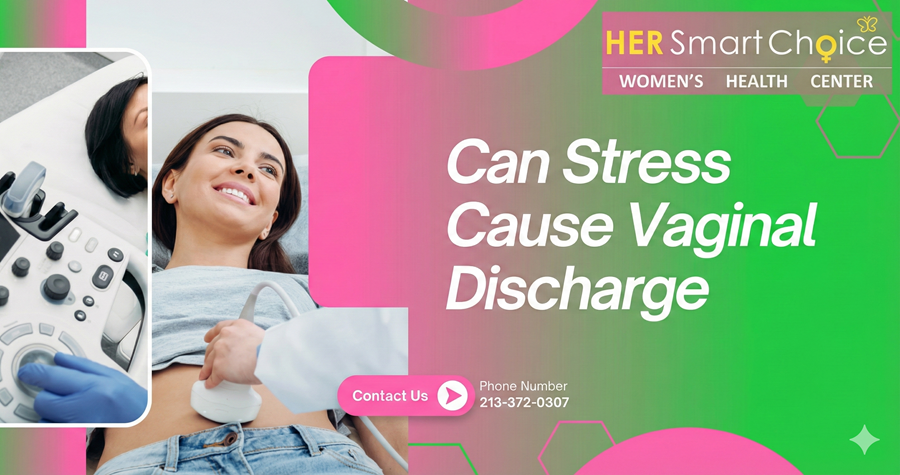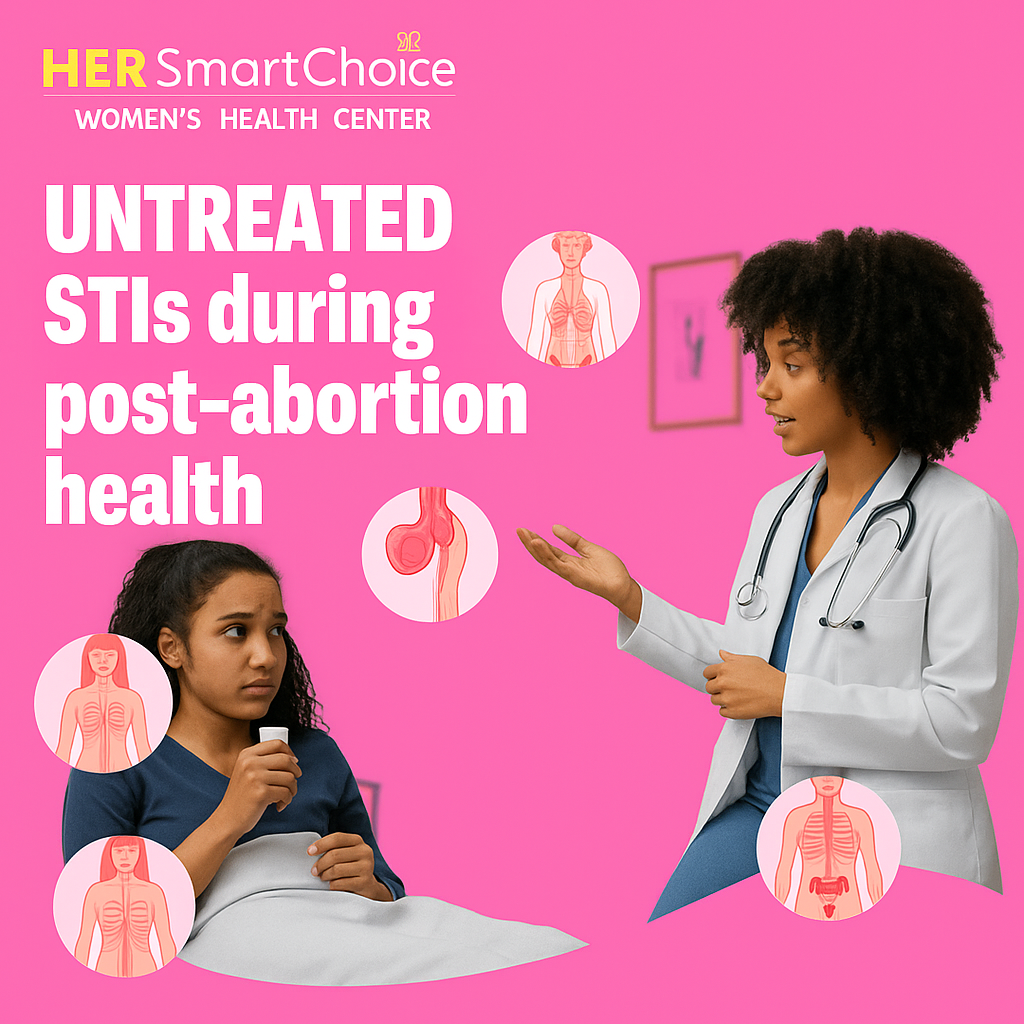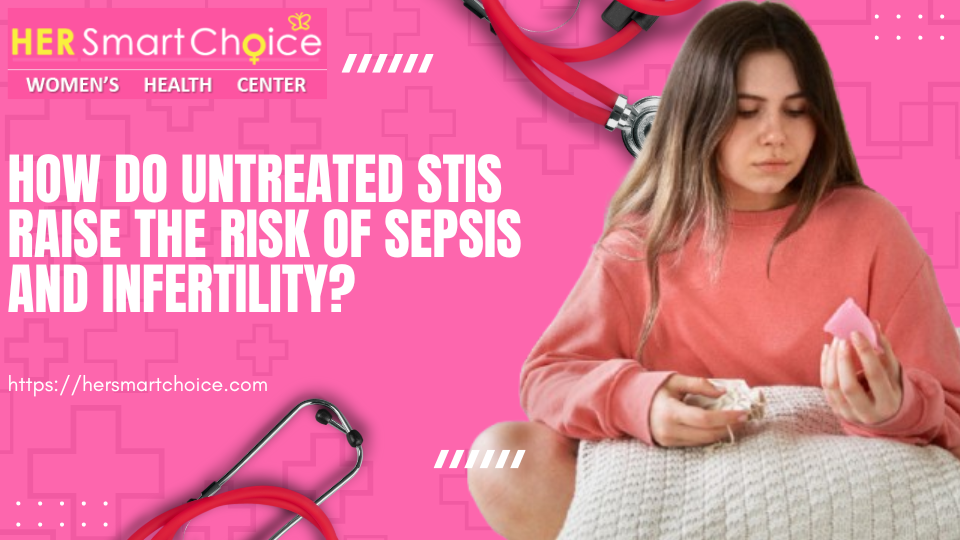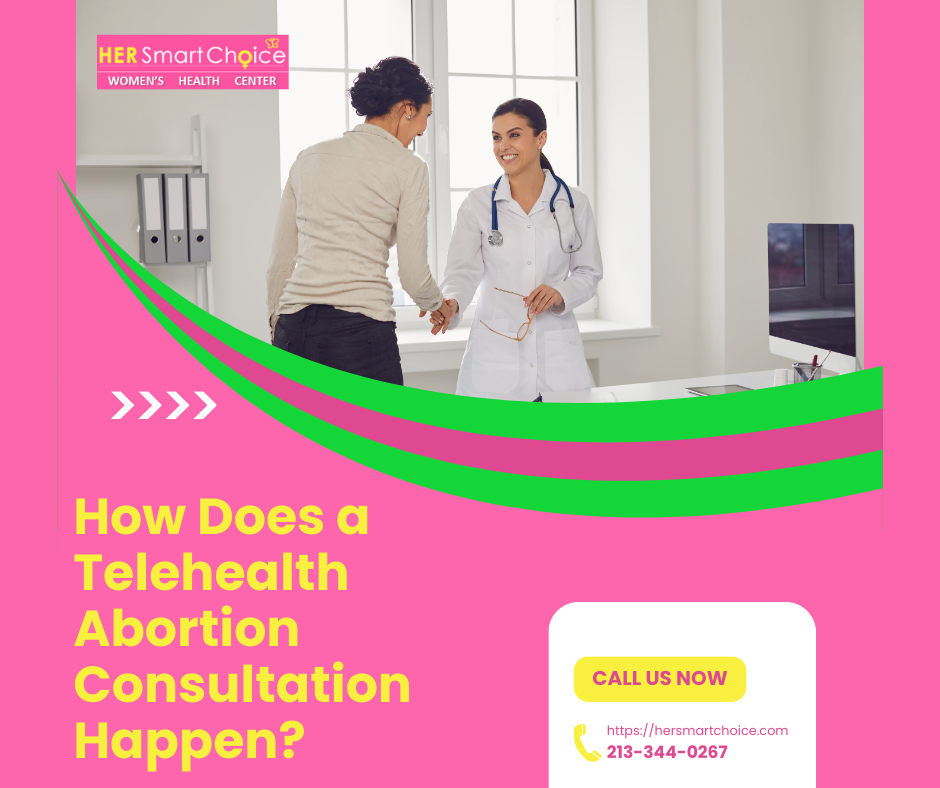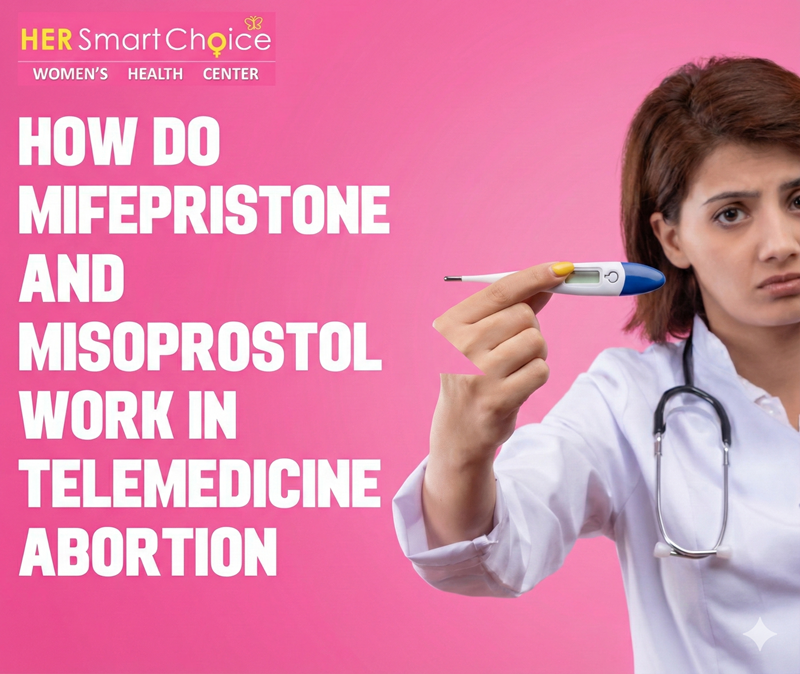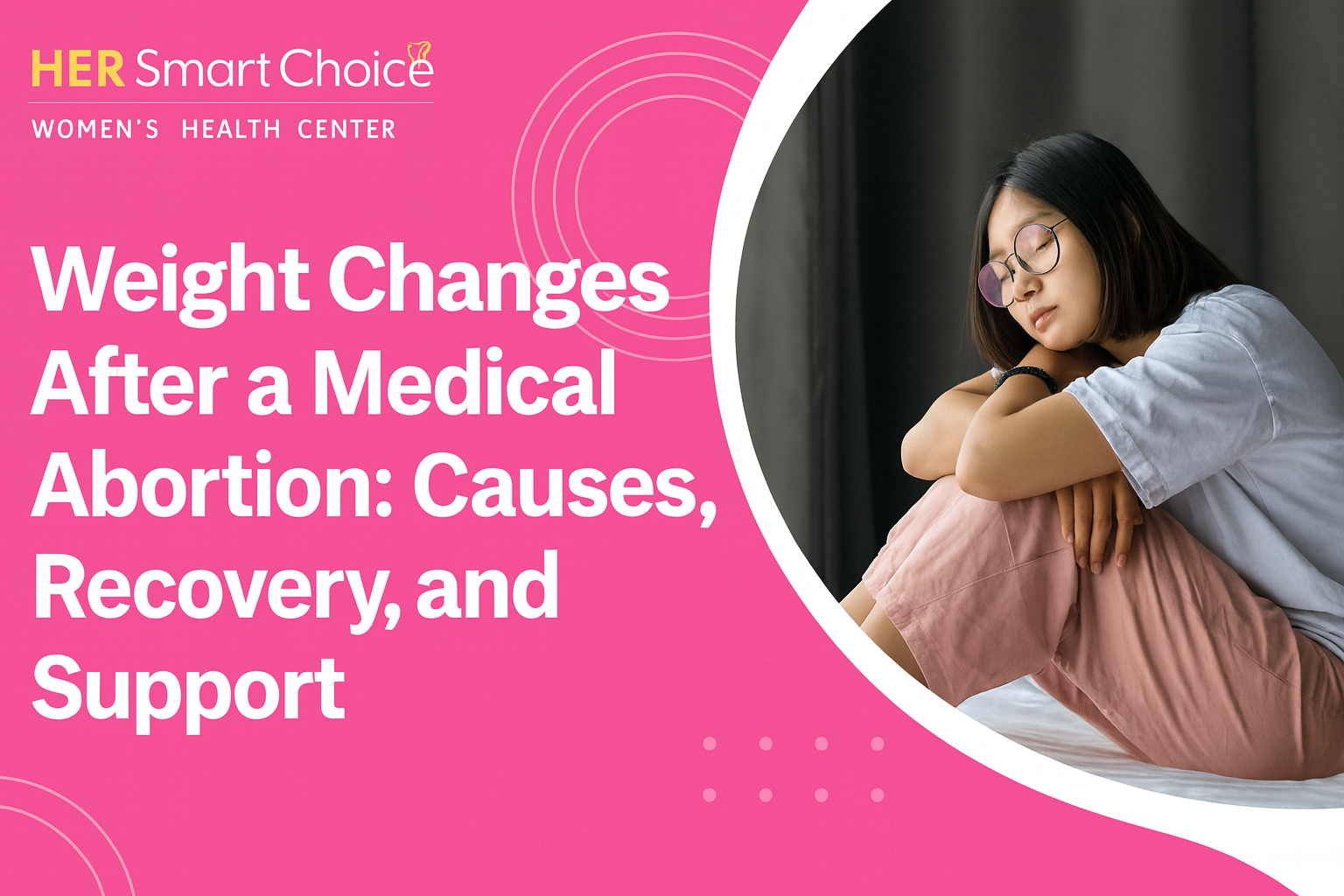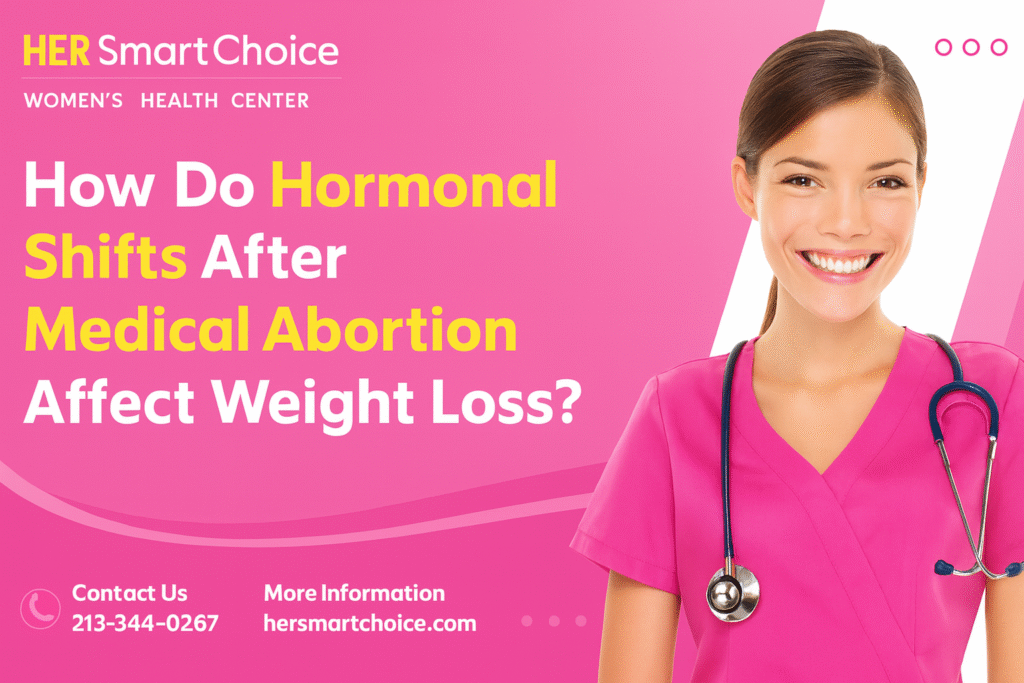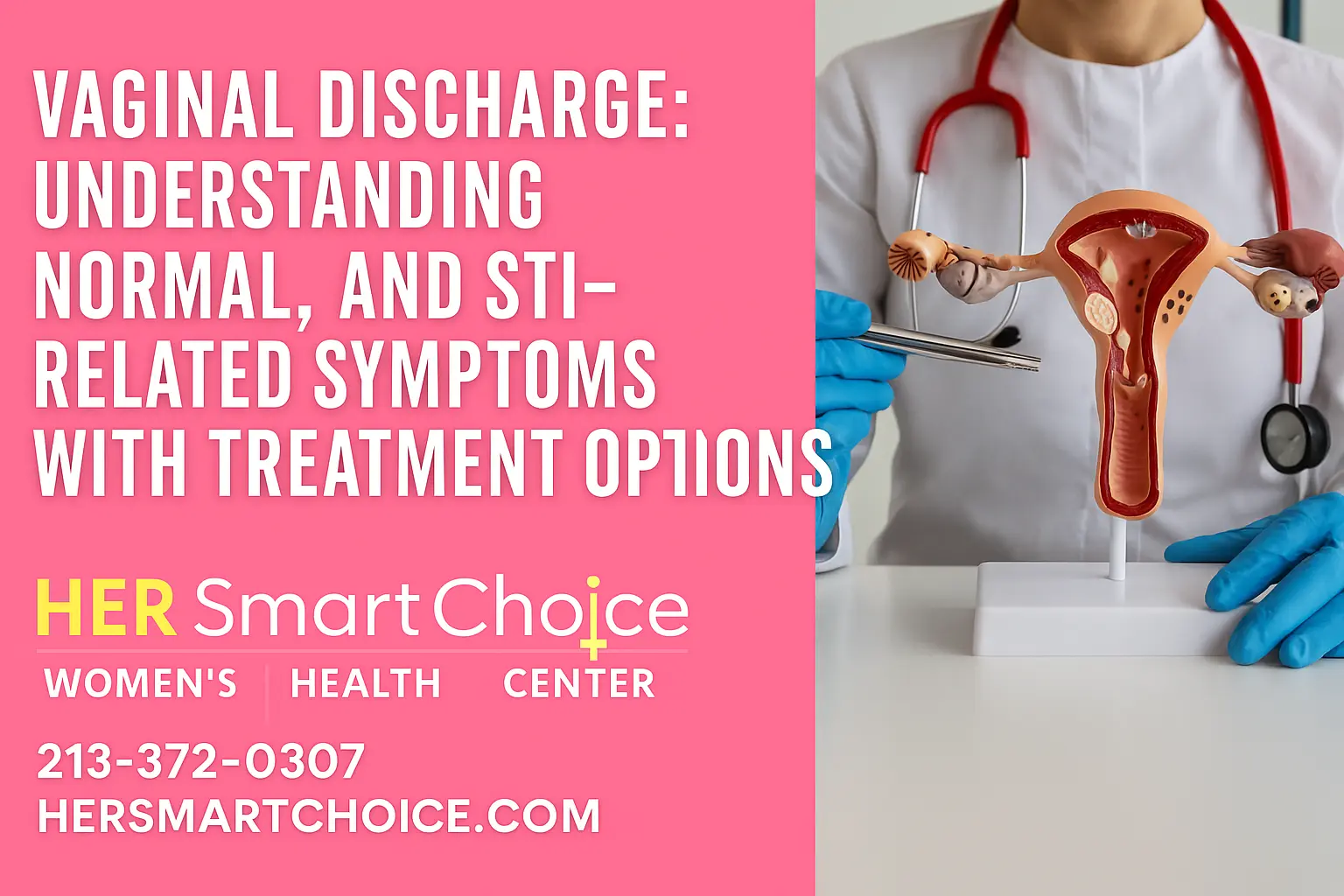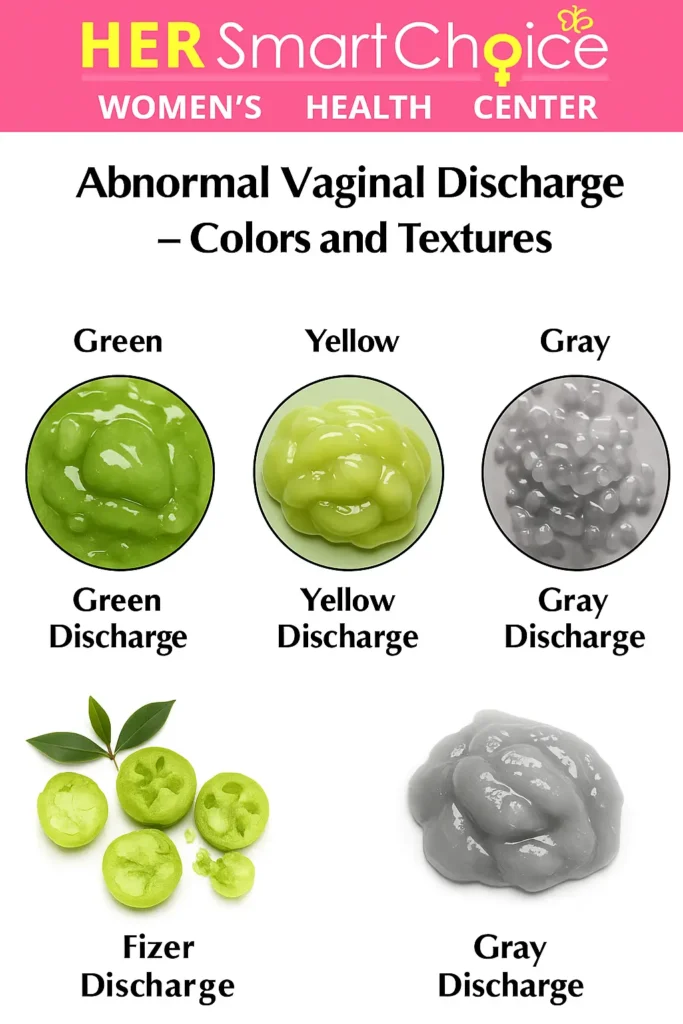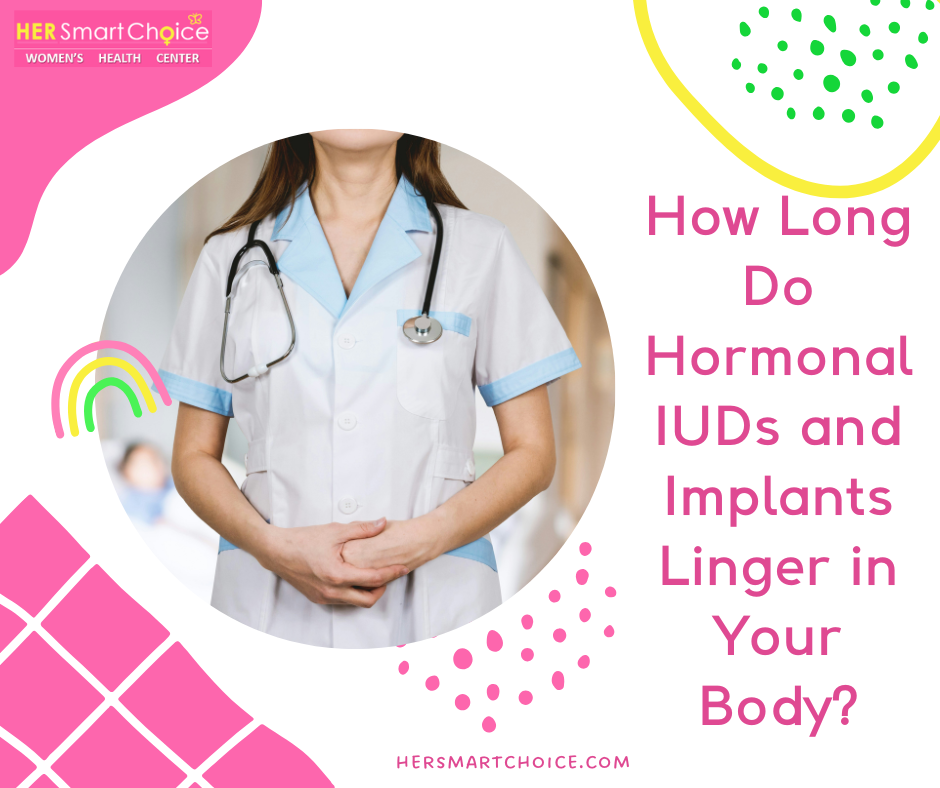Does Birth Control Affect Fertility? What to Expect When You Stop
For most people, fertility returns after stopping contraception, but how quickly that happens depends on the method used and individual factors like age and reproductive history. This article explains how common contraceptives work, separates myths from evidence, and outlines realistic timelines for ovulation and conception after stopping different methods. We also address common worries—such as whether long-term contraception reduces your egg reserve or hides an underlying condition—and explain when it makes sense to seek evaluation.
Follow Us!
You’ll find method-specific expectations for returning fertility, warning signs that suggest infertility, how contraception can mask conditions like PCOS or endometriosis, practical preconception steps, and concise answers to frequently asked questions. The sections that follow cover mechanisms and myths, method-by-method timelines, condition masking, red flags and referral thresholds, actionable preparation steps, and quick FAQs about birth control and fertility.
How Does Birth Control Affect Fertility? Common Myths and Facts
Most contraceptives prevent pregnancy by temporarily stopping ovulation, thickening cervical mucus, or thinning the uterine lining—effects that are reversible for the majority of users after the method is stopped. Hormonal methods act systemically (combined pills, patch, ring) or locally (hormonal IUD, some progestin-only methods) to limit follicle development, while non-hormonal options like the copper IUD work by creating an environment that reduces sperm viability without changing ovulation. The key clinical takeaway: contraceptives reliably prevent pregnancy while in use, and the bulk of evidence shows they do not cause permanent infertility. Knowing how each method works helps explain why return-to-fertility timing varies and why stopping contraception can sometimes reveal preexisting reproductive conditions.
Editorially, our aim is to give clear, compassionate information so people understand what to expect when they stop contraception and can make informed next steps. That goal guides the myth-busting and evidence summaries below and sets realistic expectations before we look at timelines and preparation.
Understanding the different mechanisms clears up common misunderstandings and points clinicians and patients to the right clinical questions about longer-term fertility. Next we address the most common fear directly: can birth control cause permanent infertility?
Can Birth Control Cause Permanent Infertility?
Permanent infertility from commonly used contraceptives is very uncommon. Long-term follow-up studies generally show similar conception rates in people who used contraception and those who did not, with cases of infertility usually explained by preexisting conditions rather than the contraceptive itself. Complications—such as an untreated pelvic infection after IUD insertion—can harm reproductive anatomy, but these are complications of care, not a normal effect of the device. If you remain concerned, targeted tests (ovarian reserve measures, pelvic imaging, partner evaluation) can help tell the difference between a temporary delay in returning cycles and true infertility, and guide the right next steps.
How Do Hormonal and Non-Hormonal Methods Differ in Fertility Impact?
Hormonal methods prevent pregnancy by suppressing ovulation or changing cervical mucus and the endometrium, while non-hormonal methods like the copper IUD generally do not affect ovulation and usually allow an immediate return to fertility after removal. Systemic hormonal methods (combined pill, patch, ring) often see ovulation restart within one or two cycles after stopping. Local hormonal devices (levonorgestrel IUD) tend to allow cycle normalization quickly after removal because exposure is localized. The contraceptive injection (Depo‑Provera) stands out for a more variable—and sometimes longer—delay in return to ovulation, since the injected progestin can persist for months. Knowing these differences helps set realistic expectations about timing and when to consider evaluation if conception doesn’t occur as expected.
Those distinct mechanisms point to specific recovery timelines, which we cover next with method-by-method comparisons and evidence-based expectations.
- Common ways contraception prevents pregnancy: Ovulation suppression: hormonal agents stop follicle growth and ovulation. Cervical mucus thickening: progestins make it harder for sperm to pass through the cervix. Endometrial thinning: hormones make the uterine lining less receptive to implantation.
What Is the Fertility Return Timeline After Stopping Different Birth Control Methods?

Below are approximate timelines for when ovulation and menstrual cycles often resume after stopping common birth control methods. These are population estimates—individual experiences vary based on age, prior cycle history, and health. Underlying conditions can delay the return to fertility independently of contraception. The table that follows gives a quick comparison of typical timing to ovulation and menstrual return for common methods.
| Method | Typical time to ovulation/menstrual return | Notes |
|---|---|---|
| Combined oral contraceptive pill (COCP) | 1–2 cycles for many users | Ovulation often restarts within weeks; some people need a couple of cycles for regularity |
| Progestin-only pill (POP) | Within 1–2 cycles | Immediate return is possible if ovulation resumes quickly |
| Hormonal IUD (levonorgestrel) | Often within first cycle after removal | Local hormone exposure reverses quickly when the device is removed |
| Copper IUD | Immediate | Non-hormonal—ovulation is typically unaffected and fertility usually returns at once |
| Contraceptive injection (Depo-Provera) | 3 months to >12 months (occasionally up to 18 months) | Return can be prolonged in some people because the depot progestin persists |
| Implant (e.g., etonogestrel) | Weeks to a few months | Fertility usually returns within the first few cycles after removal |
| Patch and vaginal ring | 1–2 cycles | Timelines are similar to combined oral contraceptives |
This comparison shows that most methods allow a fairly rapid return to fertility, with the injectable method being the main exception because of its potential for a longer delay. The next sections look more closely at each method and what to expect when you try to conceive after stopping it.
How Long Does It Take to Get Pregnant After Stopping the Pill?
After stopping combined or progestin-only pills, many people resume ovulation within one to two cycles and return to their baseline fertility soon after. Time to conception depends on age, how often intercourse coincides with ovulation, and any underlying fertility issues; many people conceive within three to six months when other reproductive indicators are normal. Because the pill can mask irregular cycles, persistent absence of periods or highly irregular cycles after stopping warrants evaluation for ovulatory disorders. If pregnancy does not occur within the expected timeframe (12 months if under 35; 6 months if 35 or older), a further assessment is reasonable.
Knowing these pill-related timelines helps set expectations and guides when to seek testing or specialist input.
Does the IUD Affect Fertility and When Does Fertility Return?
Both copper and hormonal IUDs are highly reversible. The copper IUD does not change ovulation and fertility usually returns immediately after removal; the hormonal IUD commonly sees menstrual and ovulatory patterns normalize within the first cycle after removal. Rare complications—such as pelvic inflammatory disease related to insertion or an untreated sexually transmitted infection—can affect fertility, but these are uncommon with appropriate screening and care. If you have trouble conceiving after IUD removal, a basic fertility evaluation can identify treatable causes unrelated to the device itself.
The immediate return to fertility after IUD removal contrasts with injectable methods, which can require more time.
Why Does the Birth Control Shot Delay Fertility Return?
The contraceptive injection contains depot progestin that releases slowly over time, and in some people the medication persists long enough to delay ovulation for months after the last dose. Typical return-to-fertility ranges from about 3 months to more than a year in some cases, with a small subset experiencing delays up to 18 months; factors such as body mass index and individual metabolism affect how quickly the drug clears. Long-term fertility after Depo‑Provera is generally normal, but the delayed timeline is important to consider if you plan to try for pregnancy soon after stopping. If delays continue beyond expected windows, evaluation can determine whether the injection or other factors are responsible.
Depo-Provera and Delayed Return of Fertility: Study Findings In this study, the median delay in the return of fertility after stopping Depo‑Provera was about 10 months. The observed magnitude of fertility delay was 45.5% (95% CI).
Understanding injection-related delays helps with planning and with discussions with your clinician about timing and options.
How Quickly Does Fertility Return After Using the Implant, Patch, or Vaginal Ring?
The implant, patch, and vaginal ring generally allow fertility to return within weeks to a few months after removal, with ovulation often resuming in the next cycle or two. These methods deliver progestin systemically (implant and some patches) or a combination of hormones (patch and ring) and tend to behave like pills or implants in terms of recovery. Most people conceive within several cycles if there are no other fertility issues; if fertility does not resume as expected after removal, basic ovarian reserve testing and cycle evaluation can clarify next steps.
Timely recovery after these methods is reassuring for most people hoping to conceive in the near term.
Can Birth Control Mask Underlying Fertility Issues Like PCOS or Endometriosis?
Hormonal contraception often suppresses periods, eases menstrual pain, and evens out bleeding, which can hide symptoms of conditions that affect fertility—like polycystic ovary syndrome (PCOS) and endometriosis. By regulating cycle length and reducing overt signs of ovulation or pain, hormonal methods can delay recognition of an underlying disorder until after stopping. Knowing which symptoms to watch for after stopping contraception and when to seek evaluation helps distinguish normal adjustment from signs of a diagnosable condition that needs specific management.
The table below explains how common conditions may be masked and which post-cessation signs should prompt further evaluation.
| Condition | How birth control alters symptoms | Post-cessation signs that reveal condition |
|---|---|---|
| PCOS | Contraceptives regulate irregular bleeding and often reduce acne and excess hair | Return of irregular cycles, ongoing anovulation, worsening acne, or weight-related symptoms |
| Endometriosis | Continuous hormonal regimens reduce menstrual pain and calm lesion activity | Recurrence of severe period pain, chronic pelvic pain, or painful intercourse after stopping hormones |
| Ovulatory dysfunction (other) | Cycle suppression can hide inconsistent or absent ovulation | Persistent amenorrhea or oligomenorrhea and negative home ovulation tests |
This comparison helps you know what to watch for after stopping contraceptives and when to consult a clinician for targeted testing. The next sections explore PCOS and endometriosis in more detail.
How Does Birth Control Hide Symptoms of Polycystic Ovary Syndrome?
Combined oral contraceptives and similar hormonal regimens are often used to manage PCOS symptoms because they can mask irregular ovulation and reduce signs of high androgens like acne and excess hair. When hormones are stopped, underlying PCOS may become apparent through persistent cycle irregularity, difficulty achieving regular ovulation, or metabolic signs such as weight gain or insulin resistance. If these signs appear, clinicians typically assess ovulatory function with cycle tracking and mid‑luteal progesterone, screen metabolic markers, and may order tests such as AMH or pelvic ultrasound as part of a tailored diagnostic plan. Recognizing PCOS early after stopping contraception can help direct treatment and improve health outcomes.
Knowing these patterns clarifies when to pursue evaluation and helps with preconception planning.
What Is the Relationship Between Endometriosis and Fertility After Birth Control?
Hormonal contraception—especially continuous or extended regimens—can suppress the pain and bleeding caused by endometriosis, providing symptom relief but not curing the underlying lesions. Stopping hormones can lead to the return of pain that reveals the condition. Endometriosis can affect fertility through anatomical distortion, adhesions, or inflammatory changes in the pelvis; symptoms that recur after stopping contraception should prompt evaluation if fertility is a goal. Common referral triggers include severe recurrent dysmenorrhea, chronic pelvic pain, or infertility beyond age‑based windows. Appropriate imaging and specialist consultation can identify endometriosis and guide fertility‑preserving treatment options.
Understanding how contraception can mask endometriosis supports timely referral and helps protect reproductive potential.
What Are the Signs of Infertility to Watch For After Stopping Birth Control?
Infertility is commonly defined as failure to conceive after 12 months of regular, well‑timed intercourse for people under 35, or after 6 months for those 35 and older; however, earlier evaluation may be appropriate based on symptoms or risk factors. Warning signs that merit assessment include persistent absent or highly irregular cycles, severe pelvic pain, a history of pelvic infection or reproductive surgery, or a partner with known fertility issues. Early testing can identify ovulatory dysfunction, tubal problems, or diminished ovarian reserve and allow timely referral to fertility specialists when needed. Below is a simple checklist to help decide when to seek medical evaluation.
Consider this checklist when deciding whether to pursue fertility testing:
- Under 35 and trying for 12 months without conception — consult a clinician.
- Age 35 or older and trying for 6 months without conception — seek evaluation sooner.
- Persistent amenorrhea or highly irregular cycles after stopping contraception — get tested.
- Severe pelvic pain, prior pelvic inflammatory disease, or a partner with known fertility issues — consider early assessment.
This checklist helps you decide when to act and leads into specifics about specialist referral and baseline testing.
When Should You Consult a Fertility Specialist Based on Age and Symptoms?
Age-based timelines are a practical starting point: seek fertility evaluation after 12 months of trying if you’re under 35, and after 6 months if you’re 35 or older. Consider earlier referral for known risk factors such as PCOS, endometriosis, prior pelvic infection, or previous reproductive surgery. Symptoms that prompt sooner consultation include very irregular or absent cycles, recurrent pregnancy loss, severe pelvic pain, or a partner with abnormal semen analysis. Initial testing usually covers ovulation, ovarian reserve (AMH, FSH as indicated), tubal patency, and partner semen analysis, with further testing guided by the results. Early evaluation when indicated can speed diagnosis and expand treatment options.
Clear thresholds make it easier to decide when to escalate care and investigate underlying causes.
How Does Irregular Menstrual Cycle Indicate Fertility Issues?
Irregular cycles often signal inconsistent ovulation or anovulation and can significantly lower monthly chances of conception. Common patterns include oligomenorrhea (infrequent cycles) and amenorrhea (absent cycles). Evaluating irregular cycles typically involves tracking cycle length, using ovulation predictor kits, and checking mid‑luteal progesterone to confirm ovulation; baseline labs and pelvic ultrasound can reveal causes such as PCOS or premature ovarian insufficiency. Tracking and early testing help determine whether lifestyle measures, medical treatment, or assisted reproduction are the right next steps based on the underlying diagnosis and reproductive goals.
Understanding the link between cycles and ovulation helps you monitor meaningful signs to report to your clinician.
How Can You Prepare Your Body for Pregnancy After Stopping Birth Control?

Preparing to conceive after stopping contraception combines practical lifestyle changes, basic medical steps, and emotional readiness to optimize fertility and early pregnancy outcomes. Core preconception measures include reaching a healthy weight, starting folic acid, reviewing medications with a clinician, updating vaccinations, and managing chronic health conditions. Emotional readiness, realistic expectations about timing, and planning for appropriate medical follow-up support both mental well‑being and reproductive success. This section focuses on actionable, empathetic guidance to help you prepare.
Below are focused, evidence‑based lifestyle steps that support fertility and overall reproductive health.
What Lifestyle Changes Support Fertility After Birth Control?
Small but consistent lifestyle adjustments can improve ovulation and pregnancy chances. Aim for a healthy BMI through balanced nutrition and regular moderate exercise, avoid smoking and limit alcohol, and prioritize stress reduction and good sleep. Diets that include adequate protein, healthy fats, and essential micronutrients support ovulatory cycles, and behavioral approaches to lower chronic stress can help menstrual regularity. For people with weight‑related ovulatory disorders such as PCOS, modest weight loss often improves ovulation and fertility outcomes. Working with a clinician or nutrition professional can personalize these recommendations for your situation.
These lifestyle foundations prepare the body for conception and set the stage for supplement and medical recommendations.
- Key preconception lifestyle priorities: Nutrition and weight: Aim for and maintain a healthy weight with a balanced diet and regular activity. Substance avoidance: Stop smoking and reduce alcohol use. Stress and sleep: Prioritize stress management and consistent sleep habits.
A focused approach to lifestyle change supports fertility and complements medical preconception care.
Why Are Prenatal Vitamins Important Before Conception?
Starting a prenatal vitamin with at least 400–800 micrograms of folic acid before conception reduces the risk of neural tube defects and supports early embryonic development from the moment of implantation. Other nutrients commonly included—such as iron, vitamin D, and iodine—help build maternal stores and support reproductive health. A clinician can advise on individualized supplementation based on your diet and lab testing. Ideally, begin folic acid at least one month before trying to conceive and continue through early pregnancy to provide the greatest protection for neural development. A preconception visit is a good time to review medications, supplements, and vaccinations to ensure a safe transition to pregnancy.
Prenatal supplementation is a simple, high‑impact step that fits alongside lifestyle and medical preparation for conception.
What Are Common Questions About Birth Control and Fertility?
Below are concise answers to common questions people ask when planning pregnancy after stopping contraception, with brief guidance on follow‑up where appropriate.
- Does long-term birth control use affect egg reserve or fertility?Current evidence does not show that long‑term contraceptive use depletes ovarian reserve; markers such as AMH are driven more by age and underlying ovarian health than by contraceptive history. If you’re worried, a clinician can arrange ovarian reserve testing to assess your individual status.
- Can birth control cause early menopause or affect egg quality?There’s no strong evidence that contraception causes premature ovarian failure or harms egg quality. Contraceptives temporarily suppress ovarian activity but do not accelerate the natural aging of the ovary.
- Can birth control hide infertility until after stopping?Yes—by masking irregular cycles or painful periods, hormonal contraception can delay the diagnosis of conditions like PCOS or endometriosis. Tracking symptoms after stopping helps reveal underlying issues that may need evaluation.
- How long should you try to conceive before seeking help?Under 35: seek evaluation after 12 months of trying; 35 or older: seek evaluation after 6 months. Consider earlier testing if you have risk factors or concerning symptoms.
Quick follow‑up steps after reading these FAQs:
- Track cycles and symptoms for several months after stopping contraception.
- Start prenatal vitamins and address modifiable lifestyle factors.
- Contact a clinician for baseline testing if age or symptoms suggest earlier evaluation.
This practical wrap‑up prepares you to act on what you’ve learned and to seek appropriate care when needed.
Our aim is to educate people about how birth control relates to fertility and to provide clear, supportive information so you know what to expect when stopping contraception.
Frequently Asked Questions
If your period hasn’t returned within a few months after stopping birth control, make an appointment with a healthcare provider. They can check hormone levels and overall reproductive health. Stress, weight changes, or conditions like PCOS can affect cycles, and early assessment helps identify any issues and guide next steps to restore regular cycles and support fertility.
You can track fertility with a calendar or fertility app to record cycle length and regularity, and use ovulation predictor kits to find your fertile window. Observing cervical mucus and taking basal body temperature can also help pinpoint ovulation. Combining these methods gives a clearer picture of your cycle as you transition off contraception.
Yes. After stopping contraception, watch for signs of PCOS or endometriosis—such as irregular periods, severe pelvic pain, or notable weight changes. If you notice these symptoms, see a healthcare provider for evaluation and possible testing. Early detection supports better management and can improve fertility outcomes.
Adopt a balanced diet rich in whole foods, keep active with regular exercise, avoid smoking, and limit alcohol. Managing stress and sleep helps hormonal balance. These steps support overall reproductive health and, combined with medical guidance, can improve chances of conception.
Preparing emotionally means setting realistic expectations that conception can take time, talking openly with your partner, and seeking support when needed—through friends, groups, or counseling. Practices like mindfulness, yoga, or deep‑breathing can ease stress and help you stay centered during the process.
Prenatal vitamins supply key nutrients—especially folic acid, which helps prevent neural tube defects. Start a prenatal vitamin at least one month before conception and continue into early pregnancy. A clinician can recommend the right formulation based on your diet and health needs.
Conclusion
Understanding how birth control and fertility interact helps you make informed decisions about timing and reproductive care. By clearing up common myths and providing realistic timelines for return to fertility, this article emphasizes monitoring symptoms and seeking timely evaluation when warranted. Taking proactive steps—like lifestyle adjustments and starting prenatal vitamins—can improve your chances of conceiving after stopping contraception. For personalized advice and support, consult a healthcare provider to guide your unique fertility journey.
Follow Us!


